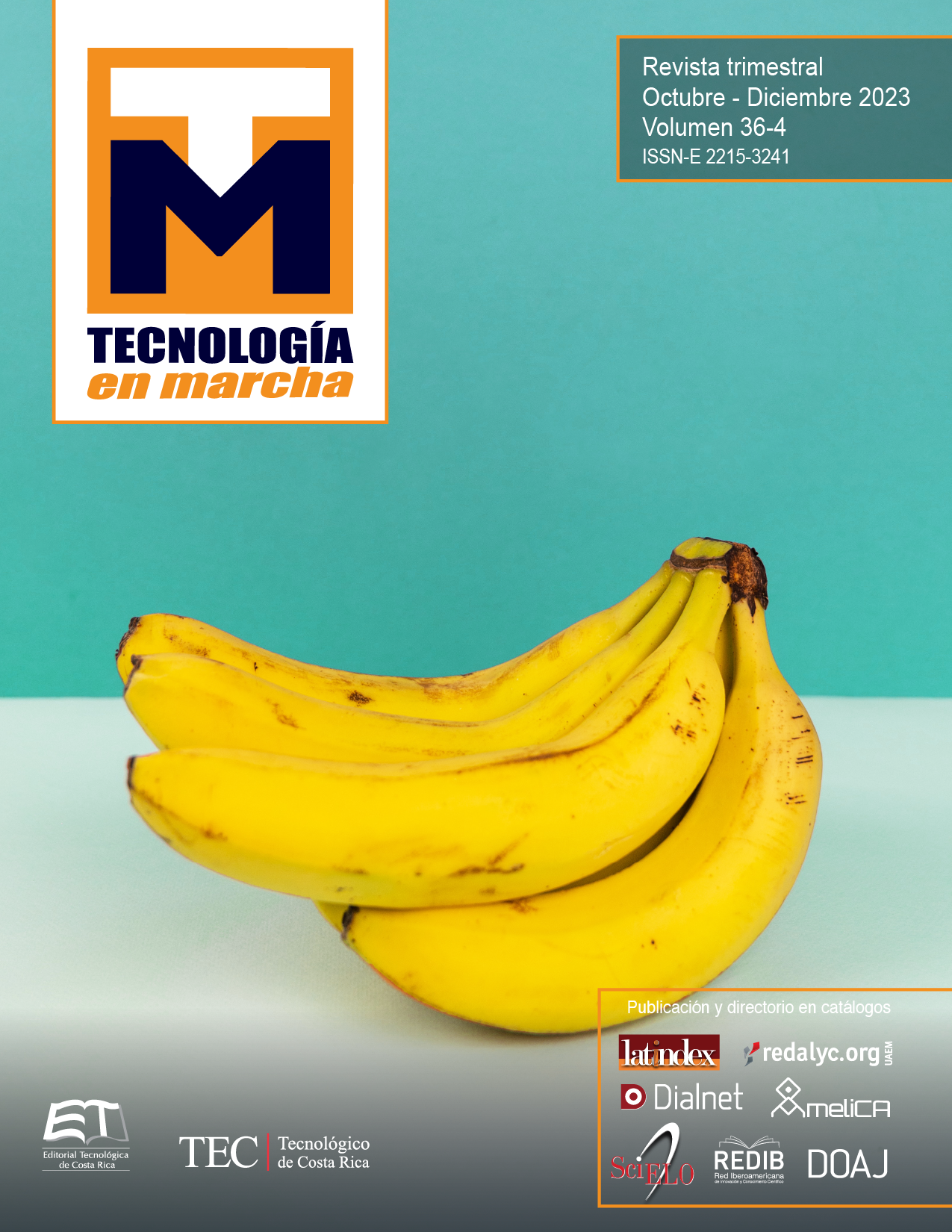Specific gravity value of cement for concrete design
Main Article Content
Abstract
Generally, when a concrete mix is designed, the value of the cement specific weight is used to convert volumes to weights and the other way around. For cement, the standard value of this parameter is generally accepted in 3.18, but studies indicate that this value is highly variable depending on the cement composition. In this article, the experimental results obtained by designing the concrete JMF under the ACI-211.1-91 methodology was analyzed, using mixed cements such as MM/B(P-C)-28, which has additions of pozzolans, limestone and gypsum. The methodology is based on pure cements with clinker factors of up to 95%, which in the case of the cement used, has a value between 65% and 79%. Based on the proposed experimental scheme, it was possible to determine that the specific weight of the cement varies according to their composition, which is directly linked to their addictions. In this case, it was concluded that for a concrete mix design, the value of this parameter must always be verified, since when passing from weights to volumes, the value can greatly affect the required proportions of cement. In general the parameter is accepted as 3.18 but it varies significantly according to the type of cement: for example in cement type MM/C (P-C)-28 this value is 2.81. The previous means that when converting 100 m3 of concrete from mass to volume, an overdosage of up to 100 bags of cement can occur, which in turn increases costs and causes problems such as over-rigidity and high hydration heat.
Article Details

This work is licensed under a Creative Commons Attribution-NonCommercial-NoDerivatives 4.0 International License.
Los autores conservan los derechos de autor y ceden a la revista el derecho de la primera publicación y pueda editarlo, reproducirlo, distribuirlo, exhibirlo y comunicarlo en el país y en el extranjero mediante medios impresos y electrónicos. Asimismo, asumen el compromiso sobre cualquier litigio o reclamación relacionada con derechos de propiedad intelectual, exonerando de responsabilidad a la Editorial Tecnológica de Costa Rica. Además, se establece que los autores pueden realizar otros acuerdos contractuales independientes y adicionales para la distribución no exclusiva de la versión del artículo publicado en esta revista (p. ej., incluirlo en un repositorio institucional o publicarlo en un libro) siempre que indiquen claramente que el trabajo se publicó por primera vez en esta revista.
References
Instituto Costarricense sobre el Cemento Y el concreto (ICCYC) “Investigación sobre la calidad del concreto hecho en obra 2020” ICCYC, CFIA, 2020.
Kosmatka, Steven H.; Kerkhoff, Beatrix; Panarese, William C.; y Tanesi, Jussara: Diseño y Control de Mezclas de Concreto, Illinois, Portland Cement Association, Skokie, 2004.
V. Obando. “Propuesta de modificación a la relación agua-cemento indicada en el ACI 211.1-91 para un concreto de resistencia a la compresión de 280 kg/cm2, de peso normal sin aire incluido y diseñado por resistencia” Universidad Fidélitas, Costa Rica, 2021.
L. Hernández. (2018) Resistencia a compresión simple versus tiempo de curado en especímenes de concreto hidráulico usando cementos modificados [Online] Available: http://repositorio.sibdi.ucr.ac.cr:8080/jspui/handle/123456789/6532
A. Delgado (2019) Curvas características de resistencia a compresión simple en concreto usando distintos tipos de cementos modificados [Online] Available: http://repositorio.sibdi.ucr.ac.cr:8080/jspui/handle/123456789/6535
American Concrete Institute (ACI),” PRC-211.1-91: Standard Practice for Selecting Proportions for Normal, Heavyweight, and Mass Concrete” (Reapproved), 2019.
INTECO. “Cemento hidráulico requisitos ”, INTE C147:2015, INTECO, 2018.
American Society for Testing and Materials, “Standard Test Method for Density of Hydraulic Cement”, ASTM C-188-95, 2016.

